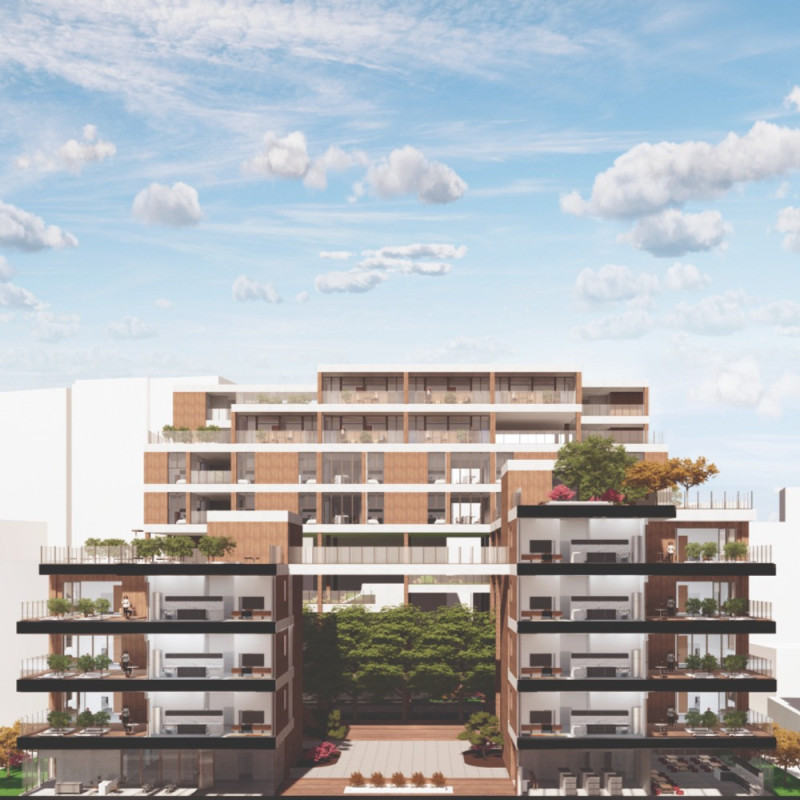5 key facts about this project
At its core, the project emerges from a deep understanding of its geographical location, with the architects considering local climate, landscape, and community needs. The design integrates seamlessly into its surroundings, utilizing materials and forms that echo the natural environment. This connection is not just superficial but is woven into the very fabric of the architectural concept, where outdoor and indoor spaces converge, promoting a sense of unity. The careful selection of materials, including locally sourced stone, timber, glass, and concrete, contributes to the project’s sustainability and reduces its environmental footprint.
The architectural plans reveal a layout that prioritizes accessibility and inclusivity, with open spaces that encourage movement and interaction. As one traverses through the building, a natural flow is cultivated, guiding visitors from one area to another while offering moments of pause and reflection. This design choice underscores the importance of public space in contemporary architecture, where social dynamics are carefully considered, facilitating connections among different users. The blending of private areas with communal spaces supports a diverse array of activities, from gatherings to solitary contemplation.
Architectural sections further illustrate the project’s strategic approach to light and ventilation. Large windows and clerestory openings allow natural light to penetrate deep into the interiors, creating warm and inviting environments. The architects have also prioritized energy efficiency, employing passive design strategies that enhance thermal comfort and reduce reliance on artificial heating and cooling systems. This thoughtful consideration of environmental impact aligns with the growing trend towards sustainable architecture, where the building serves both the occupants and the planet.
Within this architectural design, unique elements draw attention and elevate the overall experience. For instance, the integration of green roofs and vertical gardens not only enhances the aesthetic appeal but also contributes to biodiversity and urban greening efforts. These features serve as a testament to the architects’ commitment to sustainable practices and their understanding of the importance of nature in urban contexts. Additionally, the use of innovative construction techniques, such as prefabricated elements, exemplifies a forward-thinking approach that prioritizes efficiency without compromising quality.
The designs also highlight a dedication to detailed craftsmanship and local artisanal techniques. This emphasis on materiality and texture reinforces the project’s authenticity, giving it a character that is both modern and deeply rooted in its cultural heritage. The tactile quality of the materials used fosters a sensory experience, inviting users to engage with the space in a meaningful way.
As the project progresses, it becomes evident that it is not merely a physical structure but a catalyst for social interaction and cultural exchange. By offering a platform for community engagement and fostering a sense of belonging, the architecture plays a crucial role in shaping the social fabric of the area. It promotes a lifestyle that values collaboration, creativity, and the integration of diverse perspectives.
For those interested in delving deeper into the design intricacies of this architectural project, it is recommended to explore the architectural plans, sections, and overall design concept. These elements provide valuable insights into the architectural ideas that underpin this thoughtful and comprehensive design endeavor. The project serves as a noteworthy example of how architecture can effectively blend functionality and aesthetics while responding appropriately to the needs of the community and respect for the environment. Engaging with the presentation of this project will further reveal the innovative approaches that characterize its design.


























